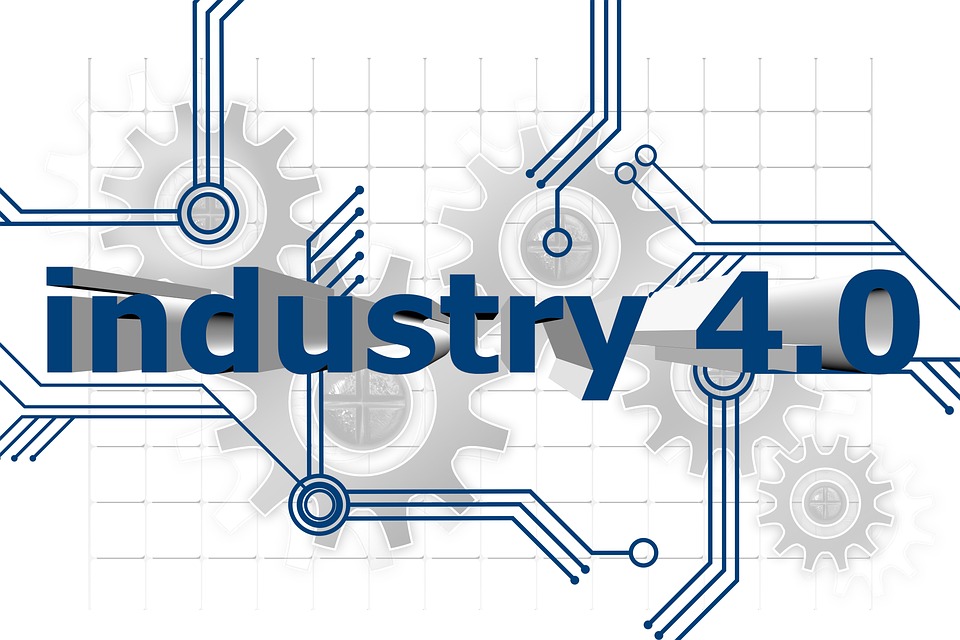Agile vs Lean Supply Chain Management

For a company looking to fuel growth and maximise profits, it is vital to structure the supply chain management not only around the fluctuating relationship between supply and demand, but also against market dynamics and forces on a larger scale.
In today’s uncertain economic environment, profit margins are often narrow and risks may be unforeseen, making a good understanding of a business’s supply chain requirements even more important.
What is Lean Supply Chain Management?
The lean supply chain is the traditional “factory” chain, which focuses on producing high volume at low cost. The goal is to add value for customers by reducing the cost of goods and lowering waste.
This sort of supply chain management focuses on reliability and predictability rather than on flexibility and adaptability. Production is planned months or even years in advance rather than adapting to a changing market. This pre-planning helps to find the lowest possible cost for large volumes of goods.
The lean supply chain has traditionally been the most popular form of production because it focuses on reducing costs—and all consumers like to pay less. However, more and more companies are moving away from a strictly lean model since today’s markets can change overnight.
What is Agile Supply Chain Management?
Agile Supply Chain is built to be highly flexible for the purpose of being able to quickly adapt to changing situations. This methodology is considered important for organizations that want to be able to adapt to unanticipated external economic changes, such as economic swings, changes in technology, or changes to customer demand.
Implementing an agile supply chain allows organizations to quickly adjust their sourcing, logistics, and sales.
Agile vs Lean Supply Chain Management
Deciding whether to adopt a lean or agile supply chain strategy can often be as simple as determining a product’s appeal, via basic market research, and establishing a supply chain accordingly. However, the more successful supply chains come together when businesses take a broader view of the market, taking into account wider economic factors that may influence customer demand in the longer term.
Consider the following questions to help determine what supply chain strategy is right for you:
- What goods are you producing? How consistent are these products’ sales throughout the industry?
- Who is your target audience? What is their consumer behavior?
- What is the demand for your product today? Will this demand change and fluctuate rapidly?
- How quickly does your target market change?
- How will fluctuations in the economy influence your product, your consumers, and spending habits?
- What does your supply chain look like?
- How do your supply chain partners operate?
Conclusion
The difference between lean and agile is the fluidity with response to the market. A lean supply chain focuses on cutting costs by producing high volumes of products with low variability. An agile supply chain focuses on responding to the market demand with smaller, customizable batches of items. Often a lean supply chain is more cost-effective and predictable, while an agile supply chain is more flexible and adaptable.
If you have any further questions, please feel free to contact us.
Nebraska Warehouse One-Stop-Shop | TechnologyEnabled 3PL Value-Added Services Warehouse | Freight Broker | Logistics
Nebraska Warehouse doesn’t just help to facilitate your shipments, but we are truly a one-stop-shop solutions provider. Our services include:
Latest News
The latest information about our Omaha storage warehouse services








